As educators and parents of a child with autism, you want to do all you can to help your child/student to learn and grow. Sometimes we get ahead of ourselves and skip over the basics like our five senses.
The 5 senses, 6 senses, 7 senses
It’s likely that you’re familiar with the five senses. And you may or may not be familiar with the 6 senses or the 7 senses (or more). Today I want to talk about the 7 senses. So, first off, what are the 7 senses?
- Vision-sight
- Auditory-sound
- Tactile-touch
- Gustatory-taste
- Olfactory-smell
- Vestibular-movement, gravity, and balance
- Proprioception-body position and body parts
What do you learn with your senses?
I want you to think about all the things you’ve learned since you were born, how many of those things could you have learned without your senses? Let’s go over just a few examples:
- Walking (sight, sound, touch, vestibular, proprioception)
- Talking (sight, sound, touch)
- Writing (sight, touch, sound, proprioception)
- Swinging (sight, sound, touch, vestibular, proprioception)
I could go on and on, but basically everything we do involves one or more (usually more) senses. Can we do some of these things without all of these senses? Of course, but it would be difficult to do them without any senses.
Obviously you could walk without sight, or sound. You could talk without sight or even sound. You can do a lot of things. However, it gets more difficult.
Imagine how it would feel if your senses were disregulated, how would that affect learning?
Hyperreactive vs Hyporeactive
Hyperreactive (sensory avoider) = this is when you might avoid certain stimuli because it’s overwhelming.
Hyporeactive (sensory seeker) = this is when you might seek out certain stimuli because you need more of it.
Can the same child be hyperreactive and hyporeactive? There are definitely some kids that are hyperreactive to one type of stimuli and hyporeactive to another. For example, a child may love to swing (vestibular and proprioceptive) and could swing forever but hates to play with things like play-doh (tactile) and will avoid it.
Learning is a Challenge When Your Senses are Disregulated
From the time I first started working with kids with autism, I have known how important sensory regulation is to learning and other things. However, I learned some very valuable lessons when my own senses were disregulated.
I’ve worked with kids who have had a difficult time in the grocery store, and I’ve always talked to parents about all the stimulus in grocery stores that can be overwhelming for some kids. The noise, the lights, not being able to touch or get all the things they want, the waiting, etc.
I had also considered the smells, but I didn’t really know what that felt like until I was pregnant and walked into Walmart. From my first step into the store, my sense of smell was attacked by the products near the door. Then every single person I walked by, I could smell. And they all smelled different, mostly not good. There was such a mixture of smells, I couldn’t focus and I wanted to run out of there as fast as I could.
During the time that my morning sickness was the worst, whenever I had to go to the store, I would only go for a couple of things at a time. I would literally hold my breath as long as I could, and move as fast as I could to get the things I needed, and then I would get out of there.
Now imagine trying to teach a child that is competing with all of this going on. With all their senses being attacked like that, whether it’s smell or a different sense, or a combination of senses. You can see why focusing on learning a new skill could be difficult.
Sensory Activities Can Help Increase Attention
Sometimes your senses can make it more difficult to learn like my example above, but other times using your senses in strategic ways can increase learning.
If you are working with a child that has a difficult time paying attention, involve more of the senses when you’re teaching. I love to use a lot of movement when I’m teaching. Is there a rule that you can’t be moving around when you’re learning the ABCs?
There are so many things you can do to teach academic skills and include sensory activities as well. Because I mostly work with preschoolers, that’s what I’ll focus on. Here are just a few examples:
- If you’re working on identifying letters. Instead of sitting in a chair pointing to letters on a piece of paper. Put letters all around the room and say things like “jump to the letter J” or “run like a cheetah to the letter C.” This adds in vestibular and proprioceptive input.
- If you’re working on doing a shape puzzle, put the shapes on one side of the room and the puzzle board on the other. Use a scooter board to get from the pieces to the board and go back and forth until the puzzle is done. This adds vestibular and proprioceptive input as well.
- If you’re working on naming animals, put the animals you’re working on in a sand table, and name them as you find them. This adds tactile input.
- If you’re working on following directions, start with directions that are fun to follow, like “go jump on the trampoline.” This adds vestibular and proprioceptive input.
- If you’re working on making requests, find a fun activity that the child loves to request more of that activity, like swinging in a blanket or bouncing on a ball. These add vestibular and proprioceptive input
Movement is powerful, engaging, and fun. Use it as much as you can because these young kids need it.
The 7 Senses are Your Best Tool
I could go on and on about sensory activities, there are so many ways you can change a simple activity by adding different sensory input. Whether you’re working with a child with autism that is in the beginning stages of learning to talk, or whether you’re working with a child that is focusing on academic skills like multiplication, you can increase attention and learning by using the 7 senses more.
Need a Cheat Sheet?
Get your free Quick Start Guide to Autism Early Learning. Enter your name and e-mail to get free instant access, and check out the Sensory Systems section.
You can unsubscribe any time. For more details, review our privacy policy
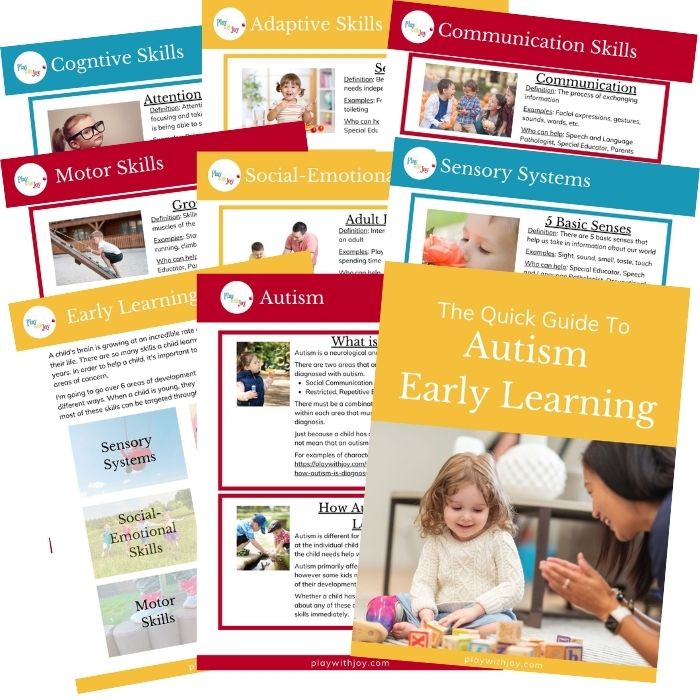
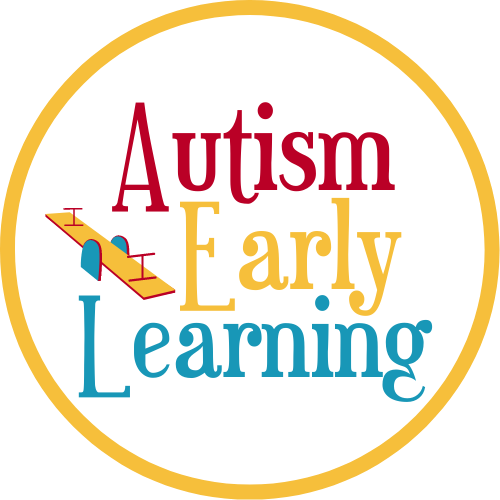
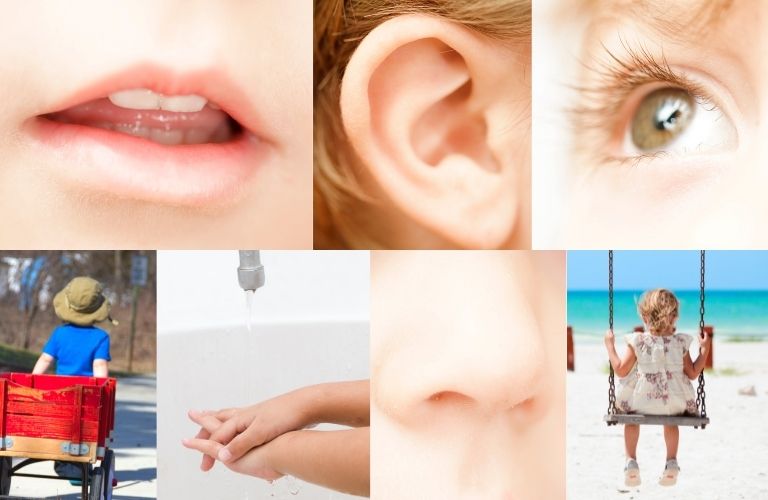
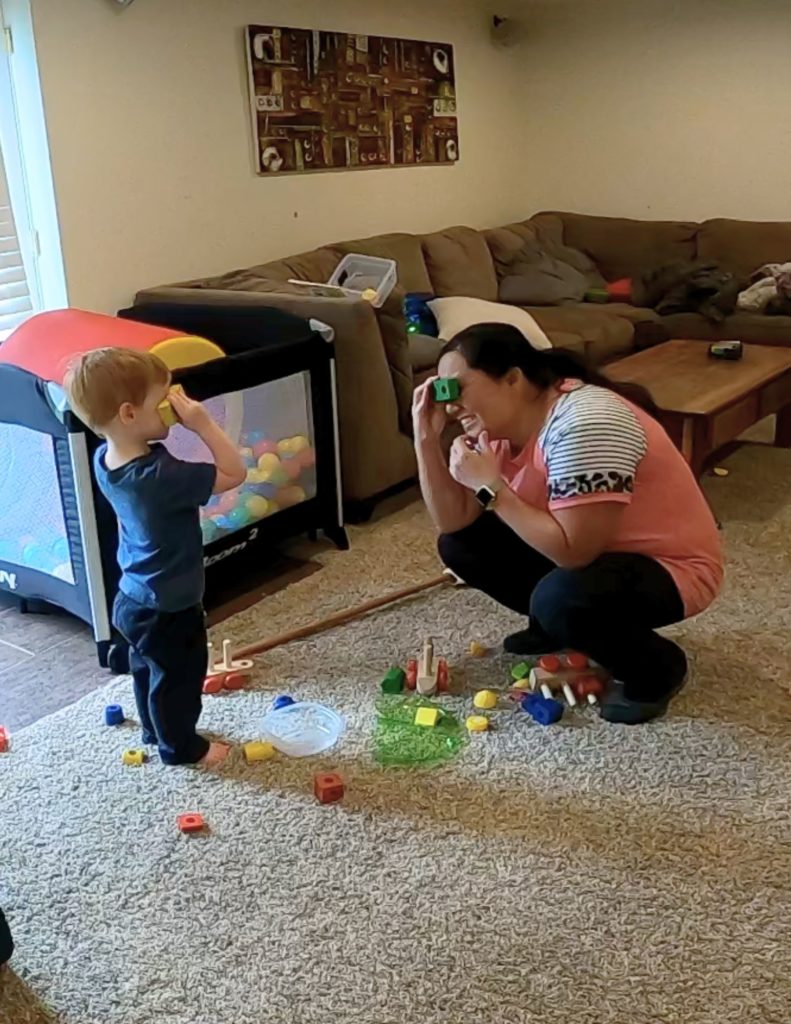
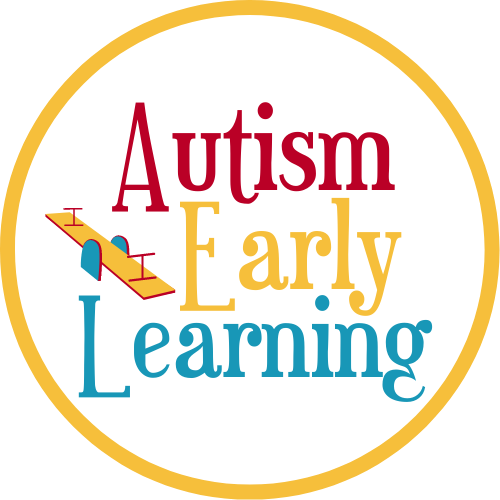

2 thoughts on “The 5 + Senses That Affect How A Child With Autism Learns”
Fascinating information! Makes perfect sense!
Thanks for your comment! I hope it’s helpful 🙂